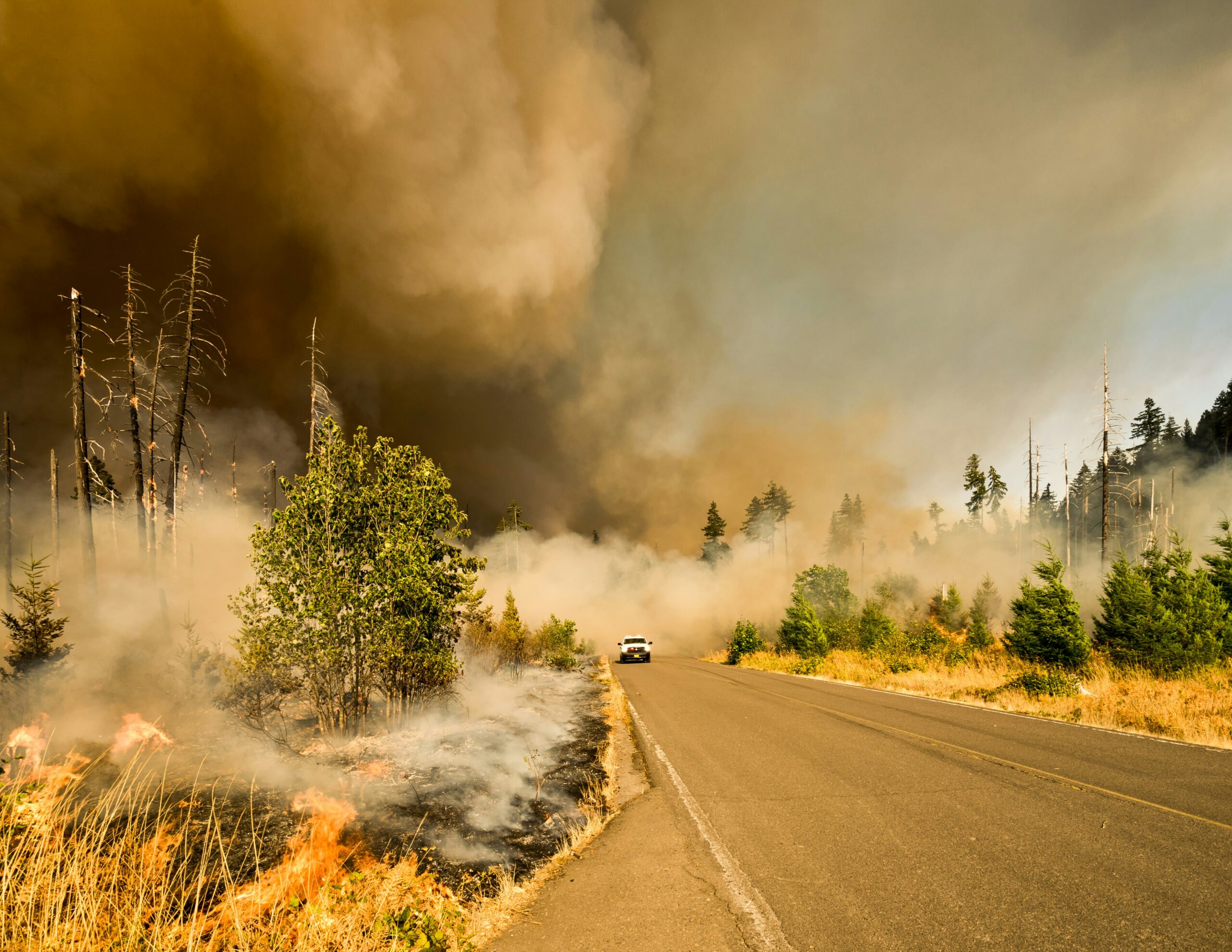
Fact Sheet
Climate Adaptation: Wildfires Fact Sheet
Overview
Rising temperatures from climate change are leading to longer and more intense fire seasons. Warmer and drier conditions are making the environment more susceptible to burning by causing an increase in the evaporation of moisture from soil and vegetation, drying out trees, shrubs, and grasses, and turning leaf litter and fallen branches into kindling. Wildfires can be caused by human activity such as campfires, discarded cigarettes, and electrical equipment, or by natural events like lightning strikes. As wildfires continue to become more frequent and severe, it is important for states to implement different climate adaptation and resilience strategies to protect humans and the environment.
Key Points
Key Point 1
Wildfires cost the U.S. between $394 to $893 billion each year in economic costs and damages.
Key Point 2
The annual cost and number of deaths from wildfires in the United States have increased over the past four decades.
Key Point 3
Fire season is 105 days longer than it was in the 1970s, and is approaching the point where the notion of a fire season will be made obsolete by the reality of year-round wildfires.
Policy Options
(‘**’ indicates bipartisan support)
Colorado H.B. 1273 (enacted 2023): Created the Wildfire Resilient Homes Grant Program Cash Fund to assist homeowners for retrofitting homes with wildfire mitigation measures .
Hawaii S.B.897 (enacted 2025): Allows electric cooperatives to recover costs related to wildfire mitigation, repair, and restoration through automatic rate adjustments and authorizes the securitization of certain costs for electric utilities allowing them to issue bonds to recover infrastructure resilience cost.
New Mexico S.B. 33 (enacted 2025): Establishes the Wildfire Prepared Act and the Wildfire Prepared Fund, with the objective of making structures and properties resistant to wildfires through technical assistance, training, assessments, certifications, and grants.
**Washington H.B. 1539 (enacted 2025): Establishes a work group to study and make recommendations on wildfire mitigation and resilience standards to align with national best practices, improve community resilience, increase insurance transparency, and establish homeowner grant program.

Empower State Environmental Champions
Your donation funds the fight for equitable actions that protect the environment and our health.
Donate